How We Got Here:
Essential Reading
to Understand the
History of Racism
By LISA ROSMAN
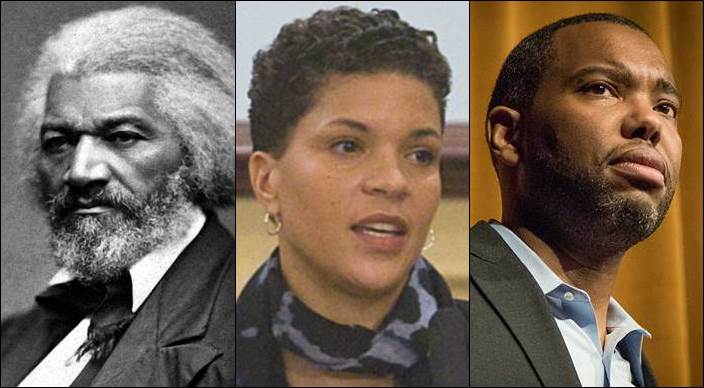
Frederick Douglass, Michelle Alexander, Ta-Nehisi Coates: Photos: National Archives, Miller Center of Public Affairs, Eduardo Montes-Bradley
Black History Month is always vital, but this year it’s especially important. There’s a disturbing United States trend on the rise in the United States, in which past and present oppression is being denied and occluded. On Holocaust Remembrance Day, the White House garnered great controversy when it failed to recognize the suffering of Jews in its official statement commemorating the event. And many felt so dismayed by President Trump’s February 1 Black History Month speech that various hashtags mocking the inadequacy of his “tribute” to African Americans have been making the rounds of social media.
While we can’t fix the oversights of our new administration, we can take pains to better educate ourselves. To that end, here are seven vital books specifically addressing the persecution of black people in America. Every book by the authors below should be required reading, and there exist many more reading essentials, but this constitutes a healthy start. We must study our history, warts and all, if we’re to have any chance of not repeating it.
My Bondage and My Freedom
Frederick Douglass
Born into slavery, Frederick Douglass went on to become one of the most brilliant and influential authors, abolitionists, and general champions of human rights in American history. While his first and most acclaimed book, Narrative of the Life of Frederick Douglass, describes his brutal life as a slave, this volume of social and political thought discusses his transition to liberty – his attempts to escape and his astute and still-powerfully relevant meditations on freedom, racism, literacy, and faith in our country.
The Souls of Black Folk
W. E. B. Du Bois
Du Bois’s sociological work follows the trajectory of African Americans following Emancipation and breaks down the psychology of bigotry through precise scientific explanation and groundbreaking insights. This is ground zero for any discussion of the struggle for equality and the moral and intellectual issues surrounding it.
The Fire Next Time
James Baldwin
In The Fire Next Time, arguably his most iconic book of essays, James Baldwin lays out how racism lives at the core of this country. As always, his own words say it best: “The American Negro has the great advantage of having never believed the collection of myths to which white Americans cling [such as] that their ancestors were all freedom-loving heroes … It can almost be said, in fact, that Negros know far more about white Americans than what parents … know about their children, and that they very often regard white Americans that way.” I Am Not Your Negro, assembled by Raoul Peck from Baldwin’s essays, notes, letters, and interviews, digs deep into the same topics. (See Peck’s eponymous documentary as well.)
The Immortal Life of Henrietta Lacks (Movie Tie-In Edition)
Rebecca Skloot
Focusing not only on mid-century cervical cancer patient Henrietta Lacks but on her amazingly enduring cells, this nonfiction book nails the legal, ethical, and spiritual issues surrounding the medical establishment’s historical abuse of African American bodies and minds.

Ain’t I A Woman:
Black Women and Feminismbell hooks
Taking her title from Sojourner Truth’s famous cry, public scholar bell hooks traces the realities of African American women from the 1800s through the Civil Rights and Women’s Rights movements. With her characteristic combination of compassion and tough love, she establishes the “double invisibility” of being black and female throughout U.S. history and the shameful persistence of ugly stereotypes borne out of slavery.

The New Jim Crow
Michelle Alexander
Legal scholar Michelle Alexander delivers the truth: The racial caste system relegating people of color to permanent second-class citizens in America has never gone away. It’s just been refunneled through the U.S. criminal justice system via a mass incarceration of black men, especially through the alleged War on Drugs and racial profiling. This isn’t just a book about social justice. It is a call to action.
Between the World and Me
Ta-Nehisi Coates
Written as a letter to his fifteen-year-old son, this bestseller may look slim but it packs the punch needed for this new millennium, in which some Americans claim we’re “post-race” but black people are still figuratively and literally endangered. Tracing the footsteps of his predecessors, Coates spells out the realities of police brutality, mass incarceration, and a generally hostile environment for black youths in what is allegedly the home of the free.


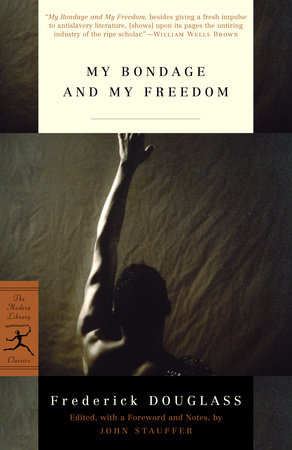

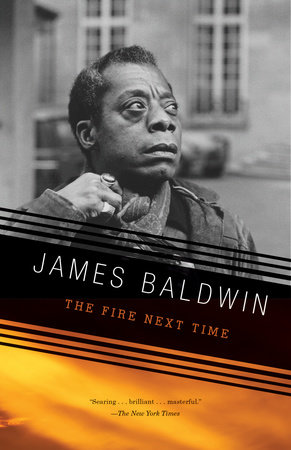
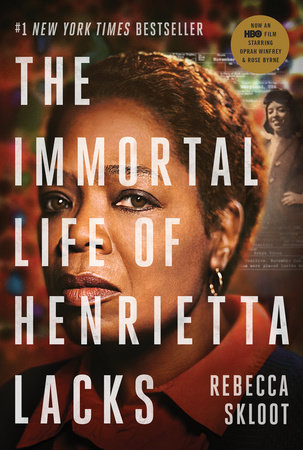
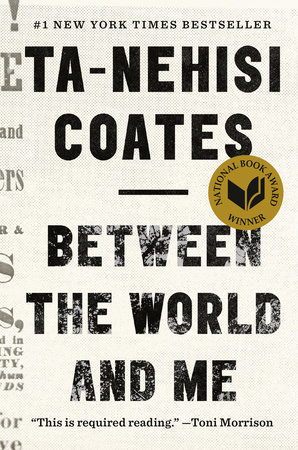
You have to include “The Invention of the White Race, Volume 1 & II, by Theodore Allen.” This is the basis of how the system of white supremacy emerged here in America. The system of white supremacy here served as the model for the rest of the world. It’s evolution into the current Black/White paradigm is not necessarily accurate historically. Professor Noel Cazenade’s “Conceptualizing Racism: Breaking the Chains of Racially Accommodative Language,” explains part of this as well as David Roediger’s “How Europeans Became White.”
Beautiful, Thanks to all you Universal READERS